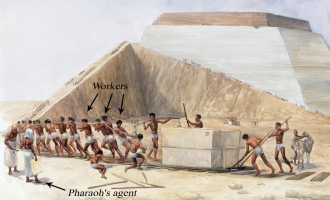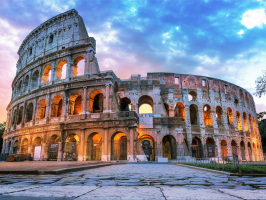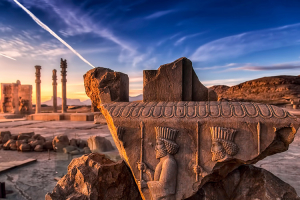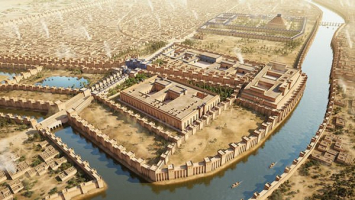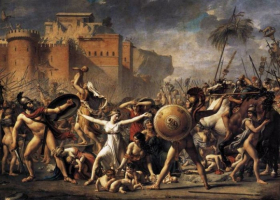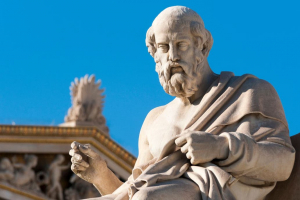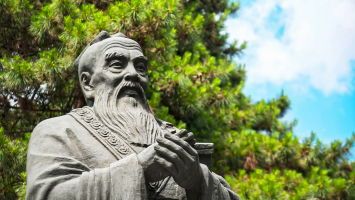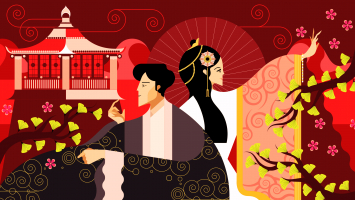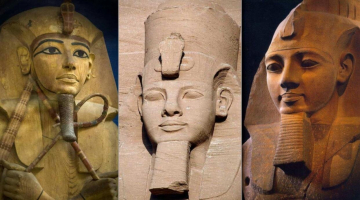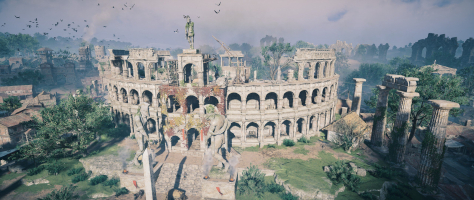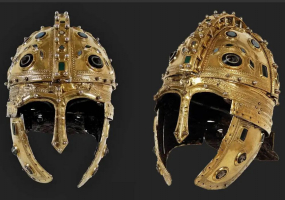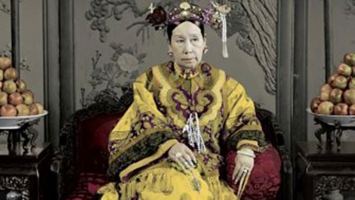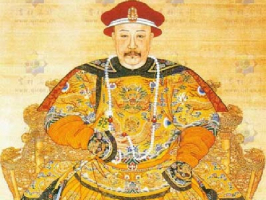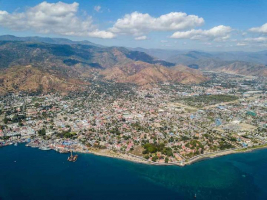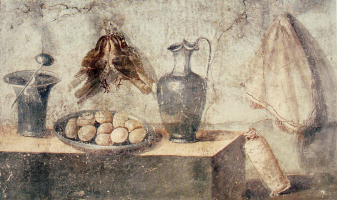Top 10 Most Important Events in Ancient China
China is a vast country with a complex cultural history involving many kingdoms, revolutions, and myths. With tourism on the rise and rise as a vibrant ... read more...superpower, interest in China is growing. Many people are attracted by the most important events in ancient China, such as the first appearance of the Chinese dragon in 4000 BC. The oldest known dragon depiction is a jade sculpture from the ancient Hongshan civilization, and since then it has dominated Chinese culture, still appearing in literature and modern cinema.
-
The capital of the Western Zhou Dynasty was looted by nomads and Huns in 771 BC, signaling the beginning of the decline of the Western Zhou Dynasty, which is one of the most important events in ancient China. There continued conflicts between the vassal states in the Spring and Autumn period (770 BC – 476 BC). During the Warring States Period (475 BC – 221 BC), the three warring clans Han, Zhao, and Wei divided the Jin state between them. A century later, from 361 BC to 336 BC, Duke Xiao of Qin, with the help of statesman Shang Yang, transformed Qin from a backward, remote state into the most stable of the seven warring states and established a strong political framework for its successors to defeat the other six.
Event decline of the Western Zhou Dynasty, the Zhou Dynasty ruled China for about eight centuries, establishing distinct political and cultural characteristics identified with China for the next two millennia follow. The period prior to 771 BC is commonly known as the Xi (Western) Zhou dynasty, and from 770 is known as the Zhou dynasty (Winter). The House of Lords made significant cultural contributions to agriculture, education, military organization, Chinese literature, music, philosophical schools of thought, stratification social as well as political and religious innovations.
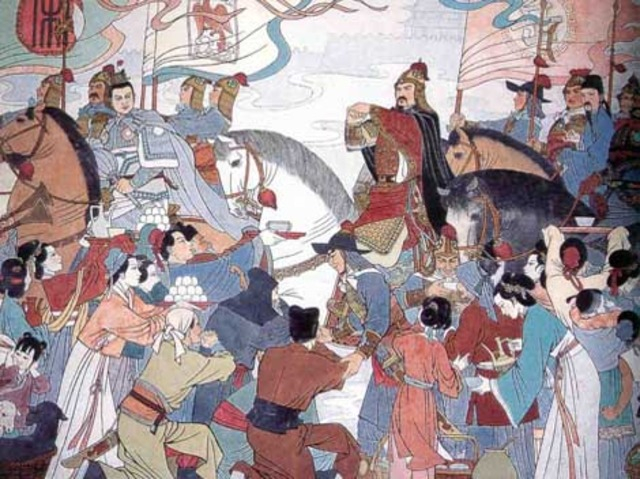
Source: timetoast.com 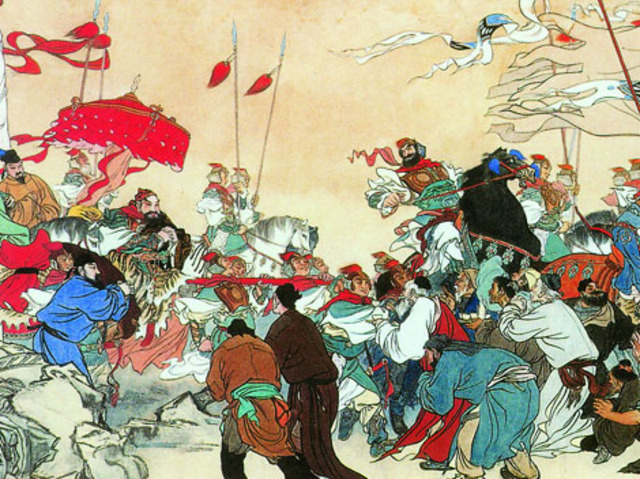
Source: duchinese.net -
The Battle of Changping and the Great Wall of China is the most important events in ancient China. The Battle of Changping took place in 260 BC, in which the Qin army led by Bai Qi crushed a huge Zhao army of 400,000 men, completely obliterating the fighting force of the Zhao dynasty and the state itself. The Qin Dynasty was now in a position to unify China, and this was done by their leader Qin Shi Huang. This unification has been going on for a long time since the Zhou government split into various vassal states. China can now develop a centralized government and establish a framework for China unification under a single national and cultural identity.
The Battle of Changping and the Great Wall of China is the historical setting for the construction of the Great Wall of China, a construction spanning many centuries. After Qin Shi Huang unified China, he continued to defend his newly established Qin dynasty (221 BC – 206 BC) against invasions from Inner Asia by building a wall. The authorities then reinforced and added to the wall. The Ming Dynasty (1369 AD – 1644 AD) was among those who modified, rebuilt, and enlarged the wall, often deviating from the original Qin designation. The Han extended the citadel to the west, while the Qi made about 1,600 km (990 mi) of new dividers and the Sui employed a million men to further enhance the construction. However, the Tang Dynasty (618 AD – 907 AD), Song Dynasty (960 AD – 1279 AD), Yuan Dynasty (1271 AD – 1368 AD), and Qing Dynasty (1644 AD – 1911 AD) mostly did not add to the wall, want to strengthen their defenses against Inner Asian threats through military and intelligence missions. Although providing a good defense against attack, the Great Wall could not stop all invaders. In 1644 AD, the Manchu Qing Dynasty broke through at the mouth of the Son Hai Pass and overthrew the Ming Dynasty.
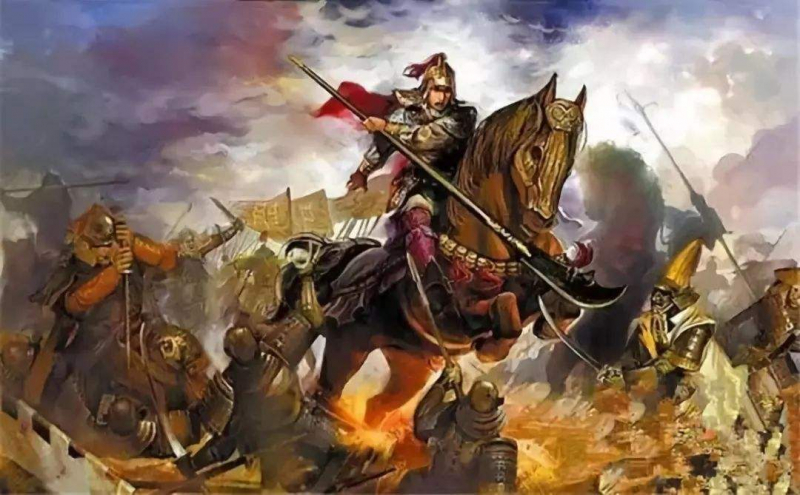
Source: ancienthistorylists.com 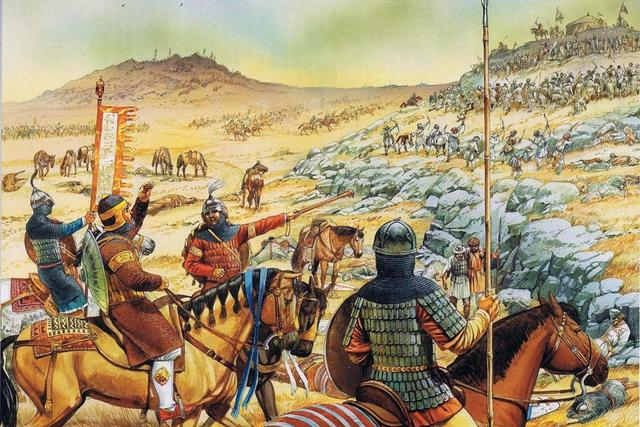
Source: ancienthistorylists.com -
In 202 BC, the Han Dynasty under Liu Bang crushed Xiang Yu, a prominent warlord, and after the death of Qin Shi Huang in 210 BC, established Han rule. So, establishing Han Rule is one of the most important events in ancient China. This is a brilliant age and has come to determine the national character. The Han dynasty was governed by an autocracy (government by one) centered on the position of the emperor and supported by an impressive structure of imperial government. The emperor sat atop the hierarchy and ruled through decrees declaring his will.
Considered from the point of view of world history, the event establishing Han Rule, the Han dynasty ruled as one of the greatest works of antiquity. In terms of durability, population size, quality of government, and level of cultural sophistication, it is at least comparable to any other great nation of the ancient world, including the Roman Empire, Persia, and Mauryan. Furthermore, it can boast a more direct influence on today's world than any other. This is best illustrated in the fact that the modern Chinese designated themselves "Han" after this ancient dynasty, which was the first to truly weave them together into a unified and enduring nation. The Han dynasty came to power in 202 BC, ending the chaos that accompanied the downfall of the Qin dynasty. The Han emperors ruled China for over 400 years, except for a brief period between 9 and 23 CE, when a powerful minister, Wang Mang, seized the throne.
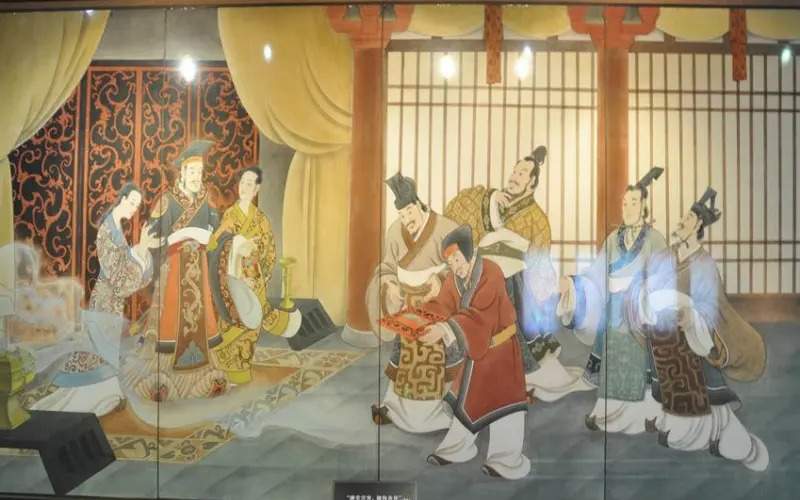
Source: ancient-origins.net 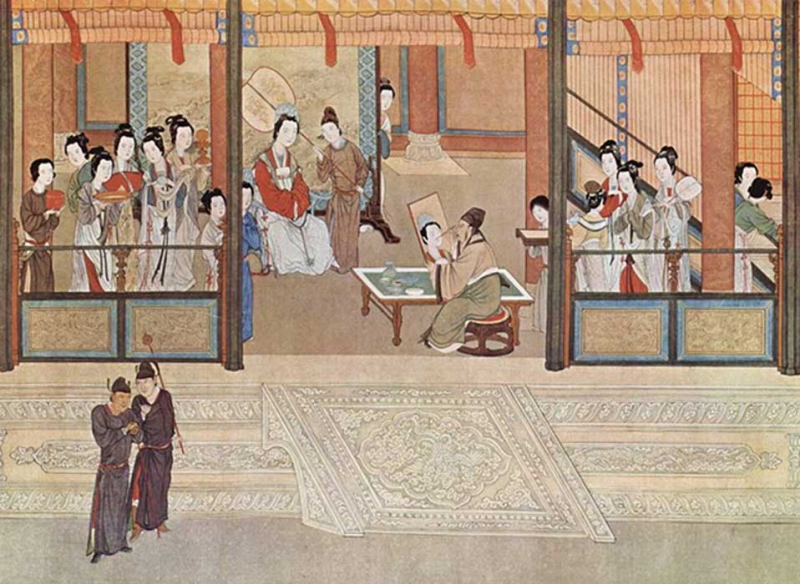
Source: chinahighlights.com -
Between the years 141 BC and 87 BC, according to the standard imperial decree of the Emperor of the Han Dynasty, Confucianism became the official precept of the decision-making class and remains the basic moral code of the people. for more than 2,000 years. There was also a series of successful wars against the Xiongnu tribe that eliminated their ability to threaten the Han. Several centuries later in AD 8, Wang Mang, a Han official, came to power and ended the Western Han era. A few centuries ahead and Liu Xiu, a member of the Han dynasty, re-established the Han government, marking the beginning of the Eastern Han Dynasty. The decline of the Han Rule is an important event in the list of most important events in ancient China.
The Han dynasty remained for a long time before disbanding. Then the infamous Yellow Turban Rebellion began, marking the decline of the Han Rule and slowly introducing the Three Kingdoms Period, which divided China between the Wei, Shu, and Wu states. Several centuries later, Cao Cao, a powerful warlord in northern China, is killed in the battle of Chibi, ending the aspirations of the Wei Kingdom, and leaving Wu and Shu as the main warring states. Then came an era of peace. The Jin dynasty under the illustrious ruler Sima unified China under one king, ending 100 years of war and chaos.
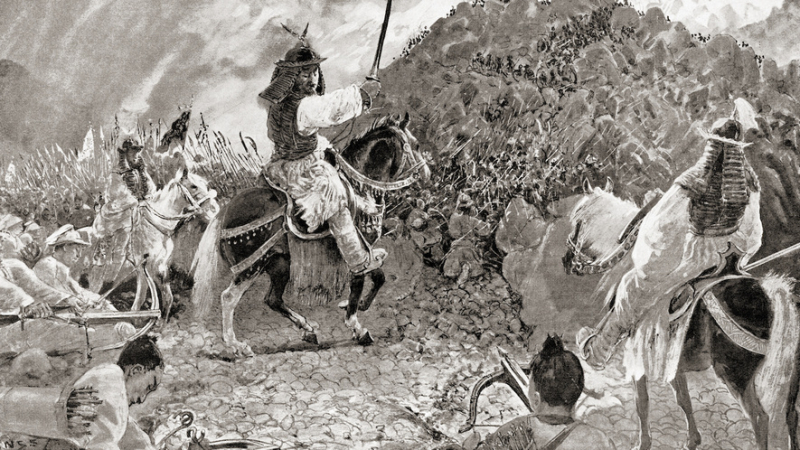
Source: newsela.com 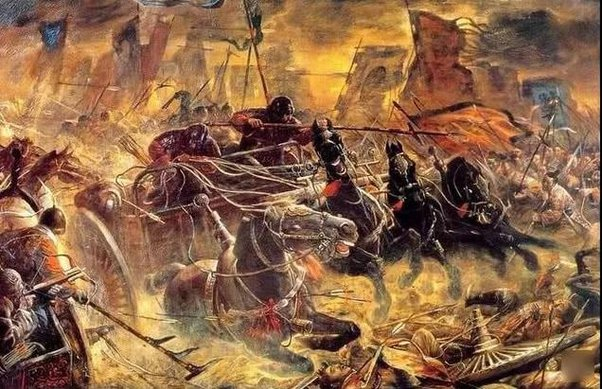
Source: timemaps.com -
The battle of Fei River in AD 383 marked the defeat of the Qin kingdom by the Jin Dynasty, leading to 200 years of war and the beginning of the Southern and Northern Dynasties (AD 420 – AD 589). The Sui government then attacked the southern part of the Tran dynasty, unifying the two dynasties south and north and ending the wars and strife for many years. It was Emperor Wen of Sui, one of the most notable rulers in ancient China, who established the framework for the Tang dynasty that flourished thereafter. The Five Lakes and the Six Kingdoms can be considered the most chaotic period in Chinese history. This is also the period that the Chinese are least willing to talk about because the Chinese eat all the onions of foreigners. Perhaps few people know about the battle of Fei River, one of the biggest battles of this period as well as the most important event in ancient China.
In a nutshell, the battle of Fei River had about 800,000 Dong Jin troops defeating 900,000 soldiers of Former Qin and Zuo Xuan. Casualties in this entire battle are not well documented. Fang Xuanling gave the number of casualties as more than 700,000 Qin troops, while the Qin Dynasty side suffered insignificant casualties. But in general, the defeat of Fei River weakened the Old Qin at the root. Just a short time later, a series of Qin generals rose up, established different kingdoms, and re-established the division of the North. It was not until 439 that the north was unified again thanks to the Northern Wei dynasty of the Tuoba dynasty. On the Jin side, this victory consolidated their power and influence in the Jiangnan region. The Jin dynasty lasted another 37 years before being usurped by Liu Yu.
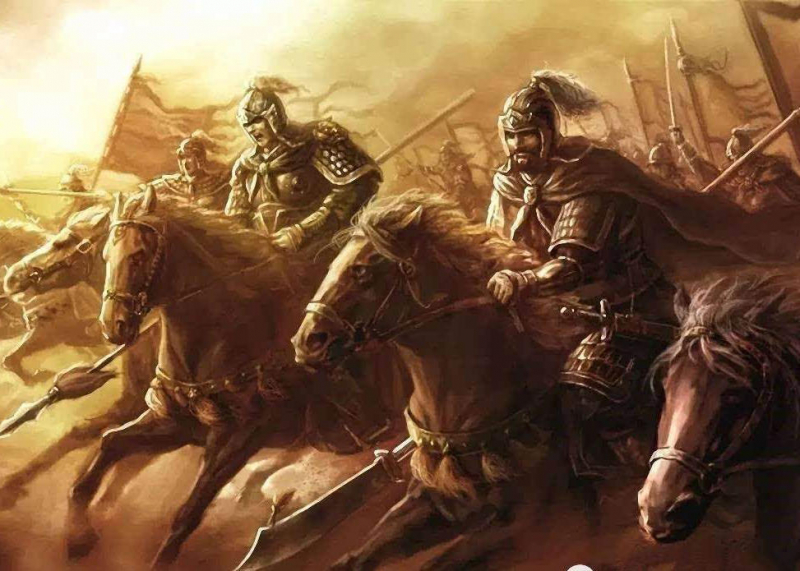
Source: historiarex.com 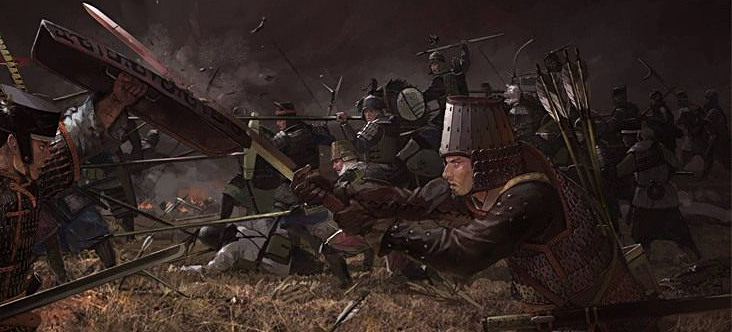
Source: britannica.com -
The Tang Dynasty lasted from the 7th to the 10th century AD. The second, and most famous, ruler of the beginning of the Tang Dynasty, was Tang Taizong, who ruled from AD 626 to AD 649 and brought China into a period of great prosperity. Empress Wu Zetian reigned from AD 690 to AD 705 and was the most famous mistress in Chinese history. In AD 755, the An Lushan Uprising took place, which was one of the bloodiest clashes in history, resulting in the deaths of more than 30 million people (about two-thirds of China's population). China has taken a long time to recover. After the fall of the Tang Dynasty in AD 907, came the beginning of the Five Dynasties and Ten Kingdoms Period which lasted until 960 AD.
The beginning of the Tang Dynasty is also known as the most important event in ancient China thanks to the popularity of the Emperors. The Emperor is the most powerful person in the world, most Emperors are very amorous and affluent. However, the wealth of the Emperors of the Tang Dynasty and the Emperors of other dynasties were not exactly the same, especially Xuanzong of Tang. It can be said that the richness of Xuanzong of Tang has reached an indescribable realm. The Tang Dynasty is a great dynasty in Chinese history, during its 300 years of existence, the influence of the Tang Dynasty spread all over the world. The founding emperor of the Tang dynasty was Emperor Gaozu of the Tang. But not long after he reunified the world, his second son, Emperor Taizong of Tang, planned the Xuanwu Gate Incident, ambushing and killing the eldest brother, Crown Prince Li Jiancheng, and younger brother of King Qi, Li Yuanji. Later, he ascended the throne, becoming emperor Taizong of Tang.
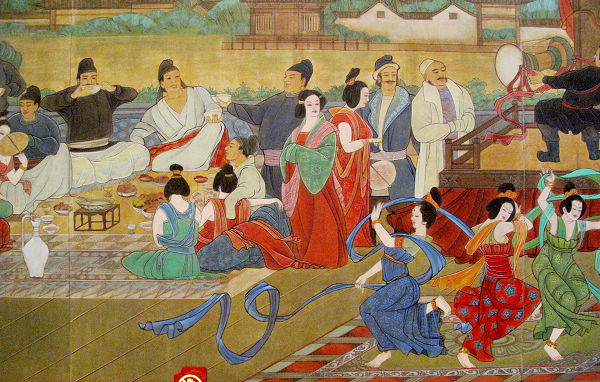
Source: humanhistoryinbrief.net 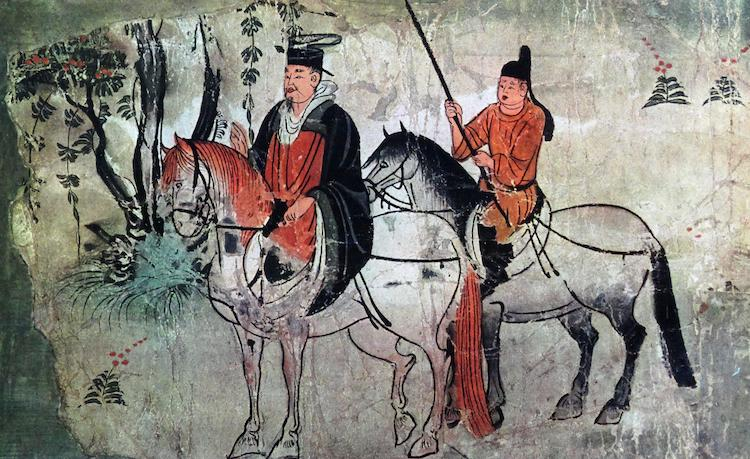
Source: historyhit.com -
Song Taizu, who ruled from 960 to 976 AD was one of the greatest rulers in ancient China. During the heyday of his reign, he established a political framework that ensured the longevity and success of the Song dynasty, conquering many of the 10 kingdoms and virtually unifying China; a feat that no one could have imagined. However, in 1125 AD, the unthinkable happened. The Jurchen tribes rebelled and captured the Song capital Kaifeng. In 1211 AD, during the Battle of Yehuling, 500,000 Jin troops led by Jurchen were defeated by the Mongols, effectively crippling Jin's fighting force. This failure led to the assassination of Emperor Jin and the decline of the Jin dynasty, which marked the rise of the Mongols - this is the most important event in ancient China.
A few years later, the infamous Mongol leader Mongke Khan was murdered in a skirmish at the Diaoyu Fort, which resulted in the immediate retreat of the Mongol army and the restoration of the Song government for 10 years. But then, the peace was lost. In 1276 AD, Lin'an, the capital of the Song Dynasty, fell to the Mongols and three years later the rise of the Mongols officially began, and the Song dynasty was completely crushed. Later, the Mongol leader Kublai Khan founded the Yuan dynasty which lasted for a century. In AD 1368, the Yuan royal family fled north across the Great Wall after an attack by Zhu Yuanzhang that marked the end of Mongol rule in China, and the formation of the Ming Dynasty.
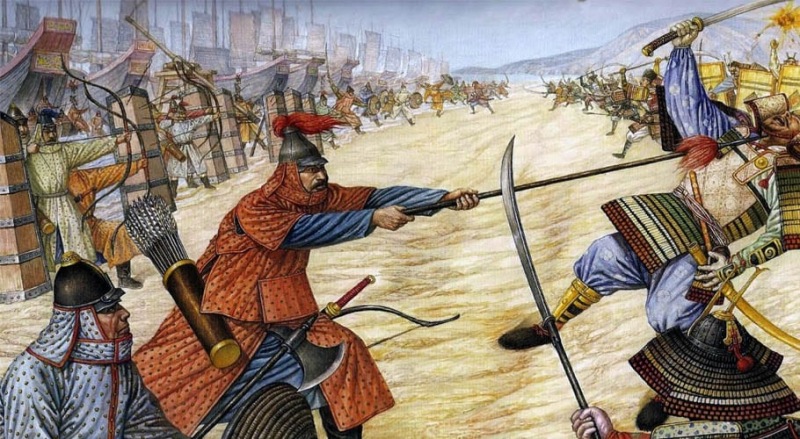
Source: historycollection.com 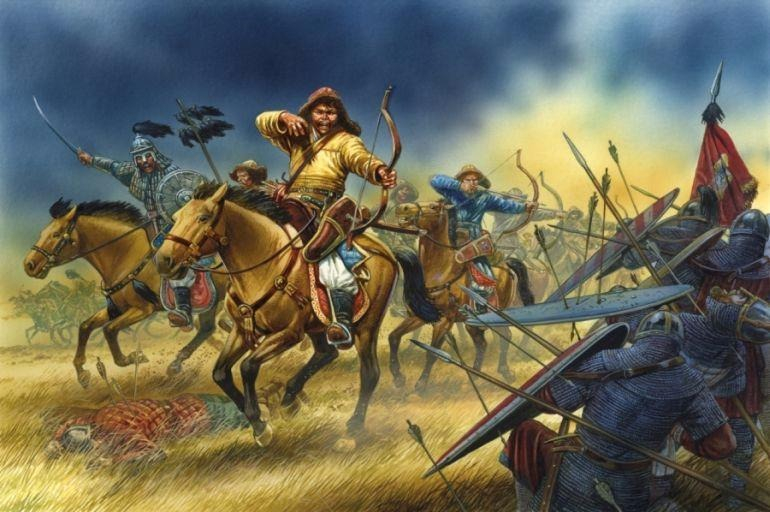
Source: weaponsandwarfare.com -
Emperor Hongwu (Chu Yuanzhang) reigned from AD 1368 to AD 1398 and was one of the most famous but barbaric leaders of the Chinese empire, the opening emperor of the Ming Dynasty. It is one of the most famous dynasties as well as the most important events in ancient China. He established a framework for the long-term political and social stability of the Ming government but killed a large number of his advisers and their families during this time. He was just as dictatorial as his father and killed many members of Emperor Jianwen's government after defeating him in battle.
However, he contributed greatly to the history of China and the Ming Dynasty, building the city of Beijing and moving the capital there; Beijing remains the capital of China to this day. He ordered naval missions to the Indian Ocean under the command of Zheng He to demonstrate the strength of the Ming dynasty and also to establish trade connections. He had an intimidating amount of knowledge when it came to politics and used the eunuchs in his court to help him rule the government. In 1558 AD, the Chinese defeated the Japanese privateers, who had continuously pillaged the Chinese coast for many years. Then in 1592 AD, the Chinese helped the Joseon dynasty of Korea overcome the Japanese invasion of Korea.
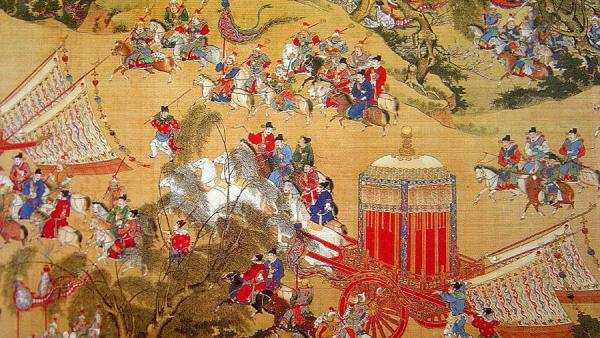
Source: chinahighlights.com 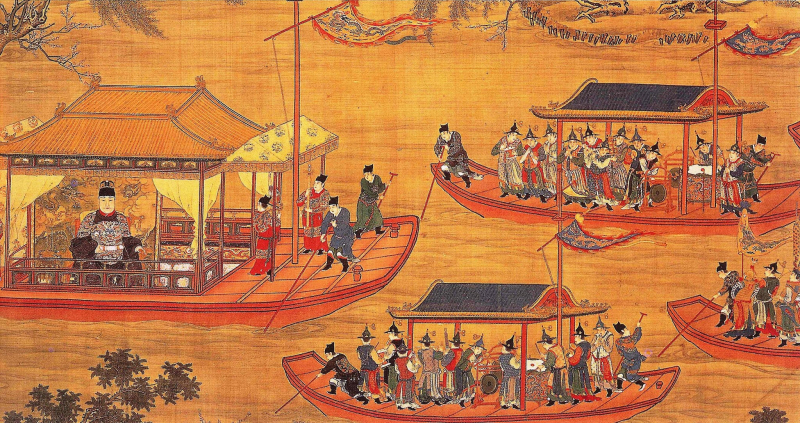
Source: chinahighlights.com -
The reign of the Chongzhen Emperor is one of the most important events in ancient China, he came to power in 1627 AD at the age of 16 after the death of Emperor Tianqi. His succession was helped by Empress Zhang (widow of the Emperor) despite opposition from the central eunuch Wei Zhongxing, who wanted to retain power over the magnificent court. He is not an extraordinary king, nor a pioneer or superhero who can make a big change and save his kingdom. He has devoted his entire life to defending his crumbling empire, and should not be blamed for the doom of the Ming Dynasty.
From the very beginning of his rule, the Chongzhen Emperor did his best to keep the Ming dynasty alive, but despite his best efforts, years of internal corruption and an empty treasury made it difficult to fill the Essential government functions become difficult. Emperor Chongzhen's rule was dominated by his fear of rebellion within the government, which was a major problem during Emperor Tianqi's rule. Not long after his brother's death, Emperor Chongzhen quickly deposed Wei Zhongxian and Madam Ke, the emperor's nanny, an association known as the "Wei-keet conspiracy". At the same time, Donglin Academy re-emerged, which had been crushed under Wei Zhongxing, and established political associations throughout the Jiangnan region.
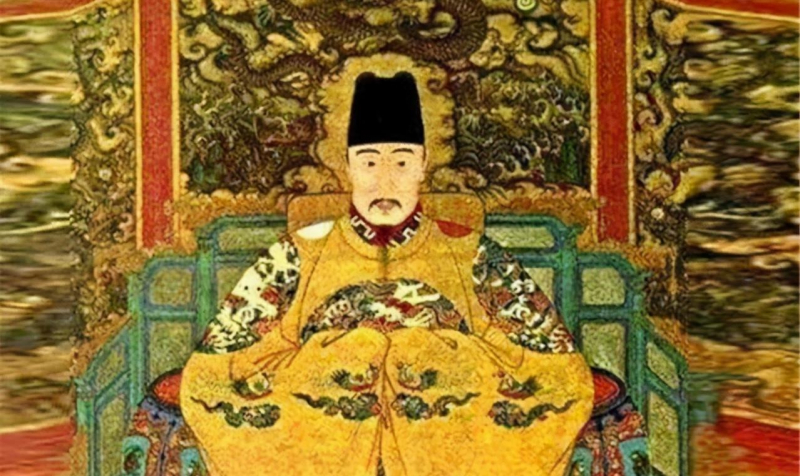
Source: humanhistoryinbrief.net 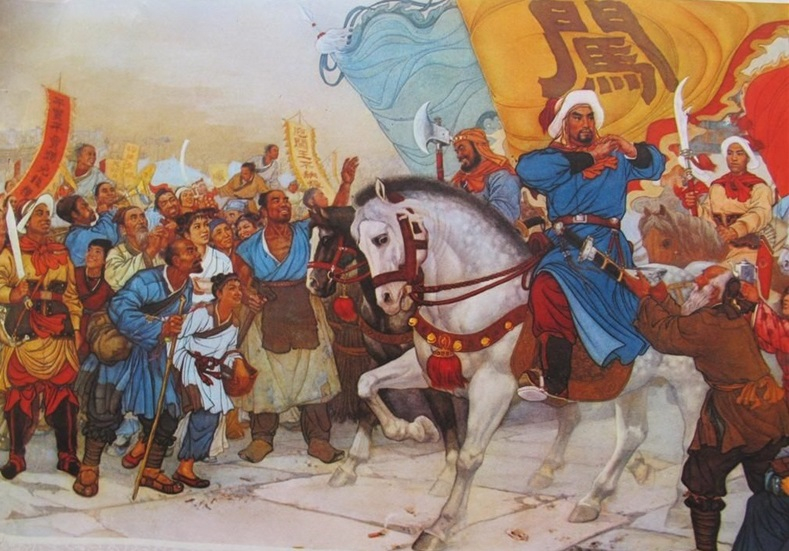
Source: humanhistoryinbrief.net -
The Qing Dynasty lasted from 1644 to 1912 AD and was the last dynasty in China. Thus, the fall of the Qing Dynasty became the most important event in ancient China. From 1661 to 1722 AD, Emperor Kangxi of the Qing Dynasty, one of the greatest leaders of the Chinese empire, assumed the rule of the Qing dynasty and built a magnificent empire. rate. However, the dark days came in 1839 AD, with the First Opium War. At the end of the Qing Dynasty, there was a great reform, if not greedy and accepted to give up more or less, perhaps the Qing Dynasty royal family would not have to watch their empire collapse.
The fall of the Qing Dynasty, with the overthrow of the Qing Dynasty by the British, this war marked a period when China was constantly under the political influence of Japan and other Western powers. Another bloody uprising followed in 1851 AD, the Taiping Uprising. Had the Qing Dynasty been able to seize the opportunity when carrying out the above-mentioned large-scale final reform, history might have had a different ending. But because the rulers in the Qing government refused to let go of their power, which led to the end of the Qing dynasty collapsing after the Xinhai revolution.
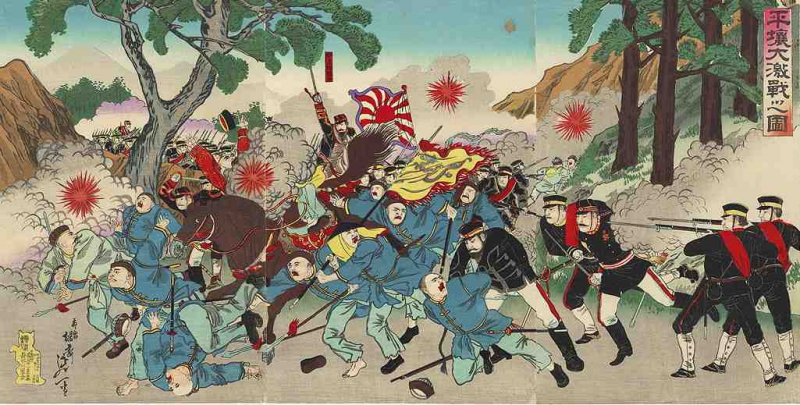
Source: historyworldsome.blogspot.com 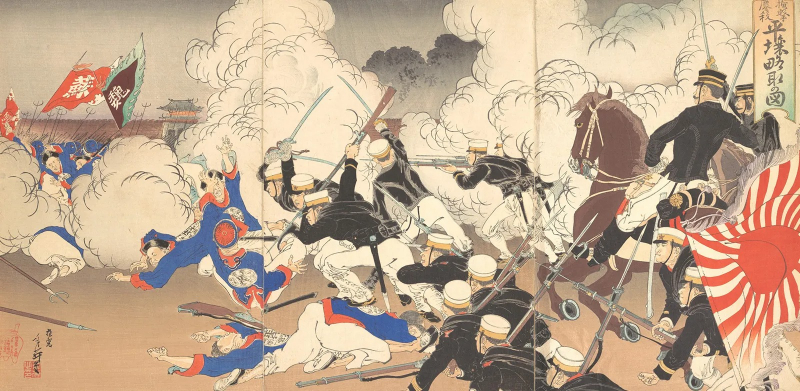
Source: britannica.com












